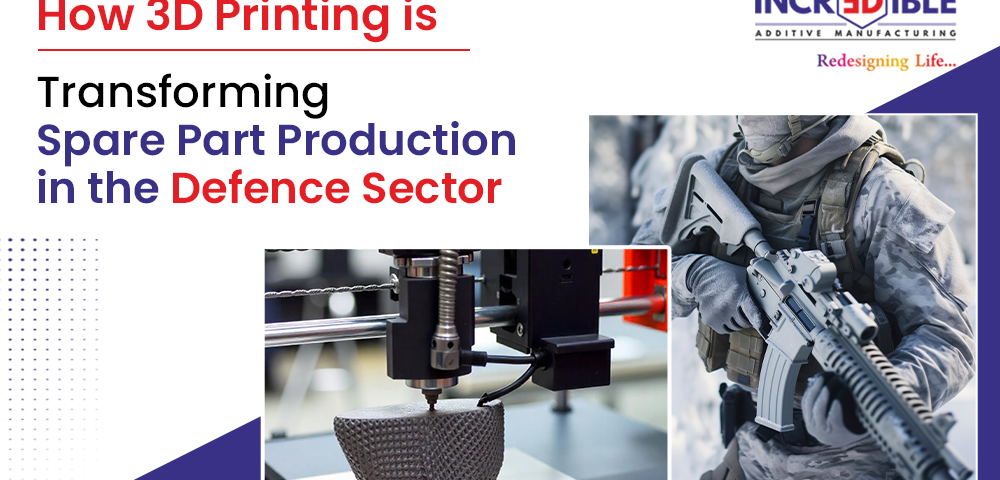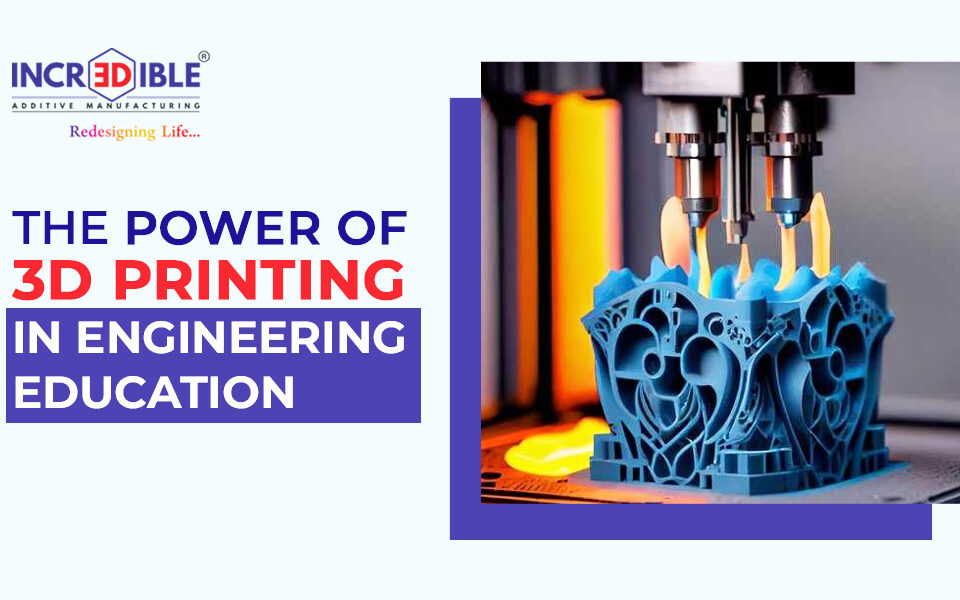How 3D Printing is Transforming Spare Part Production in the Defense Sector?
3D printing represents an industry-shaping evolution in the military capabilities sector, which occurs through sequential deposition efforts. Business leaders participating in a Defense IQ survey indicated that three-dimensional printing technology will change into a fundamental defense industry approach by 2030. New technology like 3D printing for defense sector has brought about substantial benefits, which continue to multiply across military requirements while lowering expenses and boosting field preparedness.
On-demand production boosts mission readiness
One of the major pain points in the defense industry is the long wait time for replacement parts, especially when operating in remote or hostile areas. Traditional supply chains can take weeks to deliver components. The military uses 3D printing to generate replacement components as needed from locations that are either next to or at deployment points. The point-of-use production with 3D printing significantly decreases operational downtime for mission-critical systems to remain active. US soldiers operating in Afghanistan have deployed mobile additive manufacturing devices that generate replacement parts at their bases.
Maximum defense innovation speed relies on which capabilities of 3D printing?
Through 3D printing for defense sector, organizations eliminate the requirement for intricate tooling solutions. Today engineers are able to generate test components and prototypes followed by real-time part printing, which allows them to complete the entire process within a few days. Military research and development teams maintain a superior pace in threat countermeasures through their ability to create new solutions at record-breaking speeds. Whether it’s a new drone airframe or a lightweight mount for surveillance equipment, quick iteration is a game changer for innovation.
Custom-built components enhance flexibility
With 3D printing services, the equipment production can meet the desired needs. The US Army has already experimented with custom drone bodies designed for particular terrains or missions. Instead of mass-producing parts that fit all situations, military units can print only what they need, reducing waste and enhancing performance. Helmets, vehicle components, and medical tools can now be custom-designed and produced in small quantities as needed.
Additive repair technology extends equipment life
Army systems operate within military service for extended periods of multiple decades. In the long run, original components lose their availability while becoming unobtainable in the market. Digital copies of old components and damaged parts that undergo reverse engineering undergo 3D scanning before on-demand printing takes place. No port visits are required to maintain ships since they now possess onboard 3D printing capabilities.
What role does 3D printing play in military training?
Training programs that incorporate simulated components made by 3D printing prepare operators for new equipment better than using dummy items. These digital replicas serve as acceptable stand-ins to perform before actual components become available. Militaries that allow trainees to handle simulated components ahead of time achieve faster deployments and lower total mission errors.
Conclusion
3D printing implementation in defense applications generates far more than improved technology because it represents a strategic advantage. The capacity to print replacement parts at the field and prototype development acceleration powers defense forces to raise operational readiness and reduce expenses. With the evolution of additive manufacturing technologies, the delays in the supply chain can be avoided with customization and speed that define military engineering. Consider 3D printing for spare parts from 3D engineering, which transforms the making of spare parts while redefining the defense industry.




